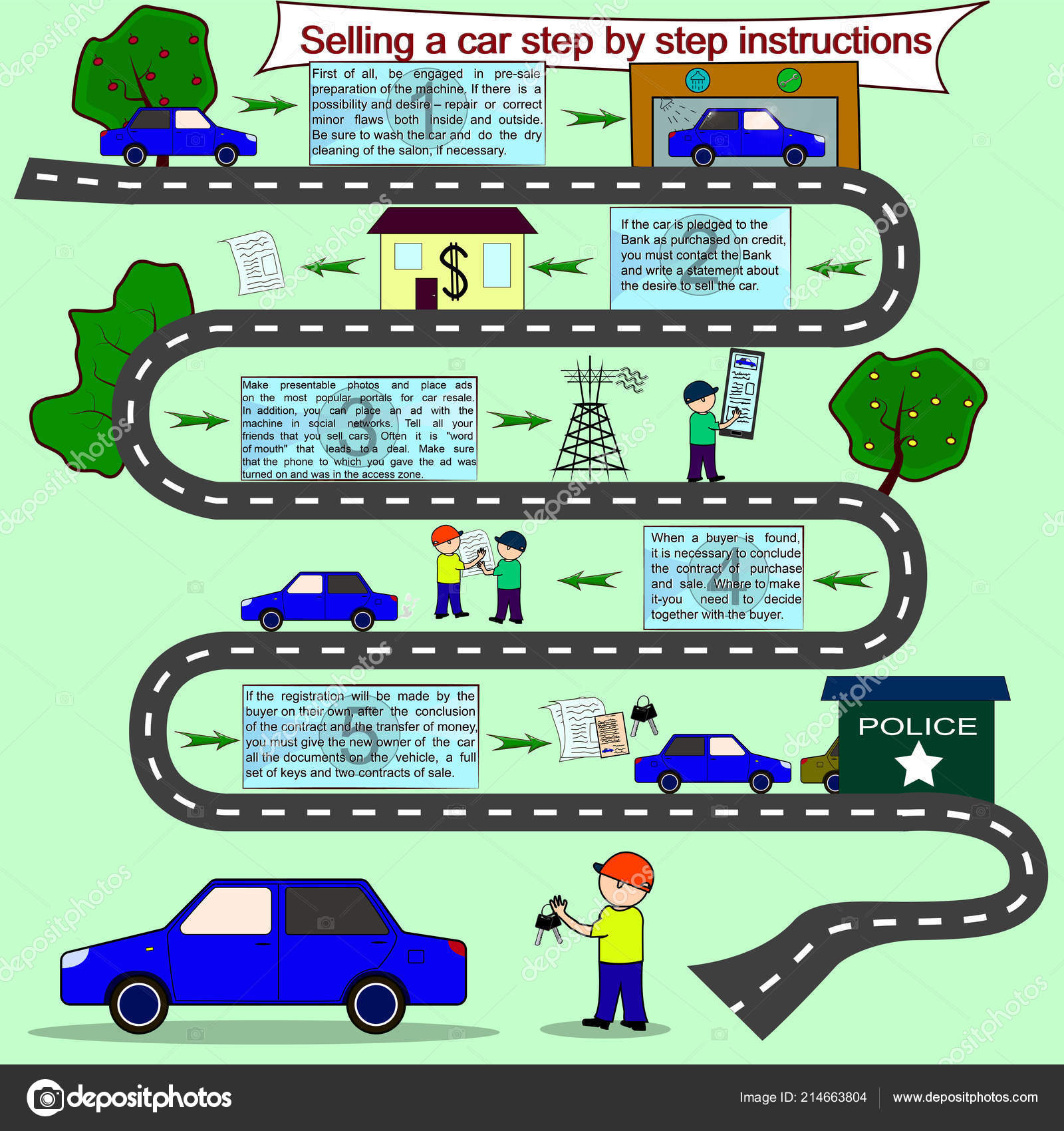Analyzing Your Automobile'S Caution Indicators: What They Actually Communicate
Analyzing Your Automobile'S Caution Indicators: What They Actually Communicate
Blog Article
Author-Hartley Kejser
When you lag the wheel, those radiant caution lights on your control panel can be a little bit difficult. Do you recognize what they're trying to tell you about your auto's wellness? Recognizing the value of these lights is crucial for your security and the long life of your automobile. So, the following time among those lights turns up, would not you intend to analyze its message accurately and take the needed steps to address it?
Common Caution Lights and Interpretations
Identify common caution lights in your vehicle and comprehend their definitions to guarantee safe driving.
The most regular warning lights consist of the check engine light, which signifies issues with the engine or exhausts system. If this light begins, it's important to have your car examined immediately.
The oil stress cautioning light suggests low oil stress, needing immediate interest to prevent engine damages.
A blinking battery light might recommend a damaged billing system, potentially leaving you stranded if not resolved.
The tire pressure tracking system (TPMS) light notifies you to low tire pressure, influencing vehicle security and fuel performance. Ignoring this might result in risky driving problems.
The abdominal muscle light shows an issue with the anti-lock braking system, compromising your capacity to stop swiftly in emergency situations.
Last but not least, the coolant temperature level advising light warns of engine overheating, which can cause severe damage if not resolved quickly.
Recognizing these usual caution lights will aid you deal with concerns immediately and preserve risk-free driving problems.
Value of Prompt Attention
Recognizing the usual caution lights in your auto is just the primary step; the value of promptly addressing these cautions can't be highlighted enough to guarantee your safety and security when driving.
When a warning light illuminates on your control panel, it's your cars and truck's way of communicating a potential issue that requires interest. Neglecting these warnings can result in much more serious troubles down the road, compromising your safety and possibly costing you more out of commission.
Trigger interest to warning lights can stop break downs and accidents. As howick club , a blinking check engine light could show a misfire that, if left unattended, could create damages to the catalytic converter. Addressing this quickly can save you from a pricey fixing.
Likewise, https://raymondiexsm.theideasblog.com/31660258/the-duty-of-vehicle-detailing-in-enhancing-resale-value-evidence-from-research-study warning light might signify low brake liquid or used brake pads, critical components for your security when driving.
Do It Yourself Troubleshooting Tips
If you see a warning light on your dashboard, there are a few DIY repairing tips you can try before looking for professional assistance.
The very first step is to consult your automobile's handbook to recognize what the certain caution light indicates. In some cases the concern can be as straightforward as a loose gas cap setting off the check engine light. Tightening the gas cap may settle the issue.
Another usual issue is a low battery, which can set off numerous alerting lights. Checking the battery connections for rust and ensuring they're safe might fix the trouble.
If a caution light continues, you can try resetting it by separating the car's battery for a couple of mins and after that reconnecting it. Furthermore, examining carwashaucklandcity , such as oil, coolant, and brake fluid, can help troubleshoot alerting lights associated with these systems.
Verdict
Finally, recognizing your vehicle's warning lights is crucial for keeping your vehicle running smoothly and securely. By immediately attending to these signals and understanding what they suggest, you can avoid pricey repair work and possible breakdowns.
Keep in mind to consult your vehicle's guidebook for specific information on each alerting light and act appropriately to make sure a trouble-free driving experience.
Remain notified, stay risk-free on the road!
